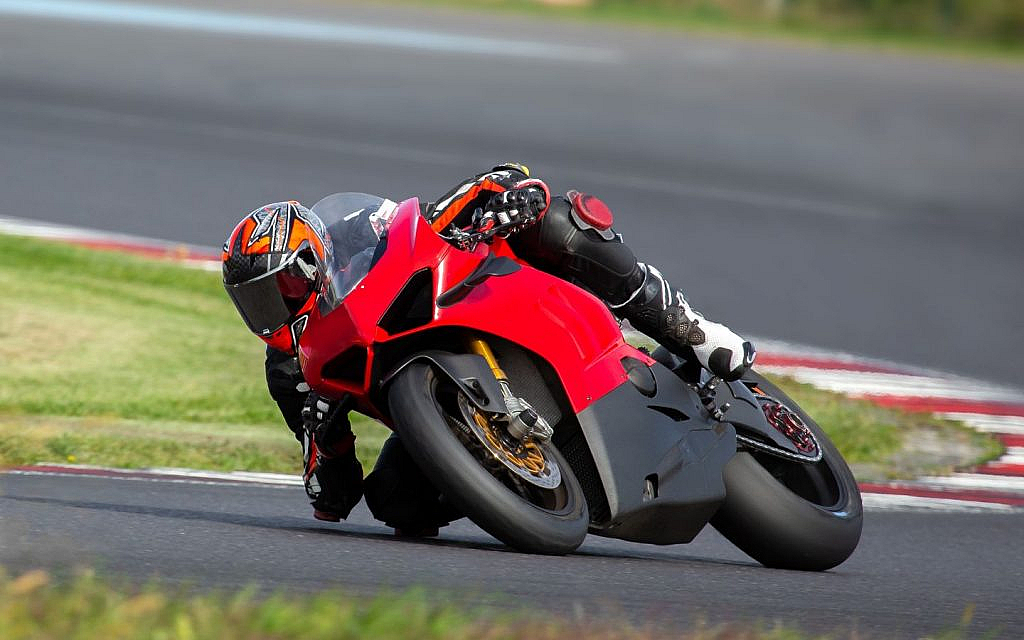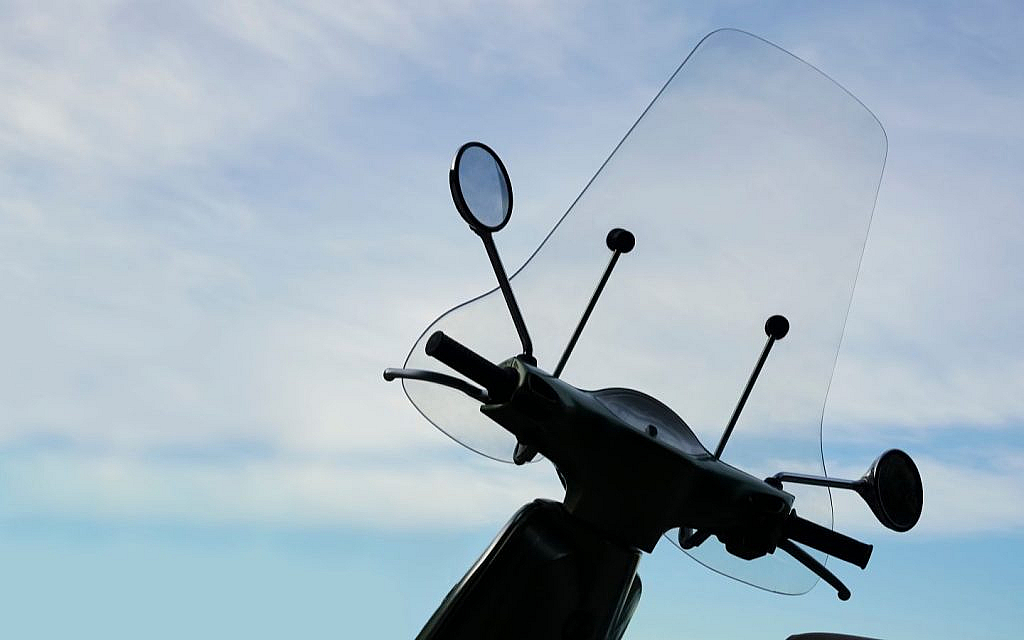All About Motorcycle Aerodynamics
Aerodynamics is a critical factor in determining a motorcycle’s performance, influencing its speed, fuel efficiency and stability. Unlike cars, motorcycles encounter distinct aerodynamic challenges due to their compact size and smaller surface area. Every detail matters—from the bike’s design to the rider’s posture—making even minor adjustments significant in enhancing overall efficiency and handling. Let’s explore the principles of motorcycle aerodynamics, its impact on performance and how it can be improved.
Motorcycle Aerodynamics Explained
Aerodynamics is the study of how air interacts with a solid object in motion. In motorcycles, aerodynamics focuses on minimising air resistance while ensuring control and stability. Understanding a motorcycle’s aerodynamics is crucial for optimised performance.
Key terms to remember:
- Downforce: The downward force that improves stability and traction.
- Lift: The force generated perpendicular to the airflow. Too much lift can make the bike unstable.
- Drag: The air resistance exerted on the motorcycle as it moves forward.
How Aerodynamics Affect Motorcycle Performance

Aerodynamics significantly impacts a motorcycle’s performance in the following ways:
- Stability: A well-designed aerodynamic system enhances stability, especially at high speeds by minimising lift and air resistance.
- Speed and Acceleration: Reducing drag helps the motorcycle achieve higher speeds and better acceleration.
- Rider Fatigue: Poor aerodynamics increase wind pressure on the rider. This can lead to fatigue during long rides.
- Fuel Efficiency: With less air resistance, the engine requires less power to maintain speed. This results in improved fuel economy.
Key Aerodynamic Features in Motorcycles
Modern motorcycles incorporate several features to improve their aerodynamic performance:
- Windshields: Properly designed windshields deflect airflow over the rider to reduce drag and wind fatigue.
- Fairings: These are panels that cover the motorcycle’s frame to reduce drag. Fully-faired bikes like sports models offer better aerodynamics as compared to non-fair -bikes.
- Tail Sections: tail-like rear designs help smooth airflow and reduce turbulence behind the motorcycle.
- Winglets and Spoilers: These features are commonly seen in MotoGP bikes. They provide downforce to improve stability and cornering performance.
Rider Position and Its Aerodynamic Impact
The rider’s position plays a critical role in a motorcycle’s aerodynamics:
- Upright Position: This is common for touring and cruiser bikes. This position is comfortable but it increases drag.
- Crouched Position: This is commonly used in racing and sport riding. This position reduces the rider’s frontal area, minimises drag and improves speed.
- Leaning Forward: When riding at high speeds, leaning forward can align the body with the bike’s aerodynamic design to enhance performance.
A useful motorcycle riding tip for riders is to adapt their posture to suit the bike and speed conditions. This can make a significant improvement in motorcycle handling and efficiency.
How to Improve Motorcycle Aerodynamics?

For riders looking to improve aerodynamics, here are some practical tips:
- Add a Windshield: A well-positioned windshield deflects airflow and reduces drag.
- Upgrade Fairings: Install full or semi-fairings to improve aerodynamics on naked or cruiser bikes.
- Use Aerodynamic Accessories: Winglets, tail and smooth covers for exposed parts of the motorbike can reduce drag.
- Wear Streamlined Gear: Avoid loose-fitting clothes and go for proper riding gear to minimise air resistance.
- Adjust Rider Position: Practice a leaning forward position when riding at high speed to align with the bike’s aerodynamic flow.
FAQs
How aerodynamic is a motorcycle?
Compared to cars, motorcycles are less aerodynamic due to their smaller surface area and the rider’s exposed position. However, sportbikes and racing motorcycles are designed to be highly aerodynamic.
What is drag in motorcycle aerodynamics?
Drag refers to the resistance caused by air as the motorcycle moves forward. Higher drag slows the bike down. Motorbike aerodynamics aim to minimise this drag for enhanced performance.
How do windshields improve aerodynamics?
Windshields deflect airflow away from the rider to reduce drag and turbulence. It creates a smoother airflow path over the bike and rider.
This is all about motorbike aerodynamics and its effect on the vehicle’s performance. If you are looking to enhance your bike’s performance, browse through these motorcycle parts for sale in the UAE for additional help.
Moreover, you can get your hands on these used motorcycles for sale in the UAE to experience top-notch performance.
For more information on motorcycles, keep reading dubizzle’s auto blog.
Cover Image Credits: Shutterstock Photo Contributor – Master1305
Comments
Post a Comment